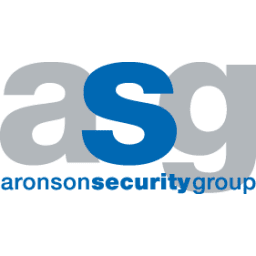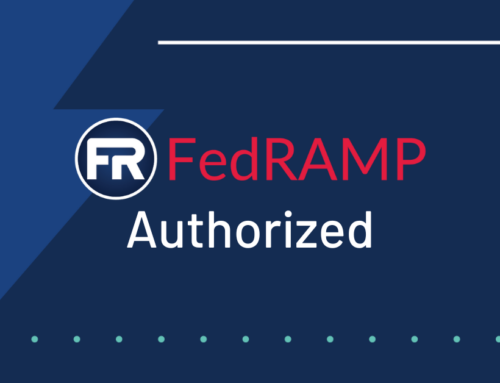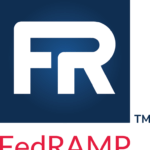Three strategic layers to vendor relationship management reviews
Vendor management best pratices
Vendor Management can sometimes feel like trying to catch Niagara Falls in a mop bucket. With a varying pool of relationship owners, shifting scopes, and changing relationship terms, the vendor manager has a daunting task to stay on top of due diligence, identify third parties that need to be replaced, and measure success among vastly different providers. Many organizations have found success by applying different layers of review, each with a specific timeline and focuses to help assemble a comprehensive look at the vendor.
Layer 1
Ongoing Operational Review
This level of review is susceptible to the ebbs and flows of the vendor relationship. The goal for these regular, informal checkpoints is to:
- Assess a vendor’s compliance with key performance indicators (KPIs) and service-level agreements (SLAs)
- Review progress on cost control measures and overall performance concerns or successes
Typically, the relationship owner will complete a 3-5 component assessment of the relationship multiple times per year. This quarterly report card for the vendor is a place to document comments and incremental progress and changes. Feedback for these operational reviews contributes to a more complete and accurate formal annual relationship review. Performing this level of review is critical throughout the entire vendor relationship until the termination of the contract.
Layer 2
Annual Relationship Review
These annual assessments of the vendor relationship focus on overall satisfaction with the vendor as well as whether the manager wants to continue the relationship. This formal review tends to include:
- Evaluation of incidents
- Consideration of billing issues
- An overall look at the regular operational reviews
- The vendor’s criticality and potential level of risk to the organization—including changes and evaluation of appropriate responses to those changes
In addition to these more quantifiable metrics, managers should also assess the vendor quality, including responsiveness, available training, knowledge, and competence of vendor contacts, consistent delivery of promises, a dedication to innovation, and a commitment to remaining competitive.
Details from the vendor and its processes are also key to assessing the level of risk and criticality. A questionnaire can be sent directly to the vendor, and the documented responses can be combined into an overall score or can be tied to findings based upon specific responses. The formal relationship review is best completed in advance of contract renewal dates since data from this review is directly correlated to the decision to renew or not. If the vendor relationship is to be terminated, there needs to be time to research and bid on other vendors.
Learn how others have improved the onboarding and contract management process with third-parties while saving hours of time and increasing revenue.
Layer 3
Cyclical Contract & ROI Review
For vendor review, the contract and ROI assessment includes normal legal contract review, including a change in the scope and expectations of the services, and should also expand to include savings over time, quantifying increased return even with increased investment. For example, if an organization was receiving cleaning services three days per week for $300, then renegotiates with a vendor for five a week for $425, the ROI has increased significantly. In addition, evaluating less quantifiable traits such as quality, expertise, communication, etc. should be considered in the overall return from that vendor.
The above methodologies are a few ways we at Onspring have encountered vendor review criteria.
About the author
Sarah Nord
Director at Onspring
10 years GRC experience







